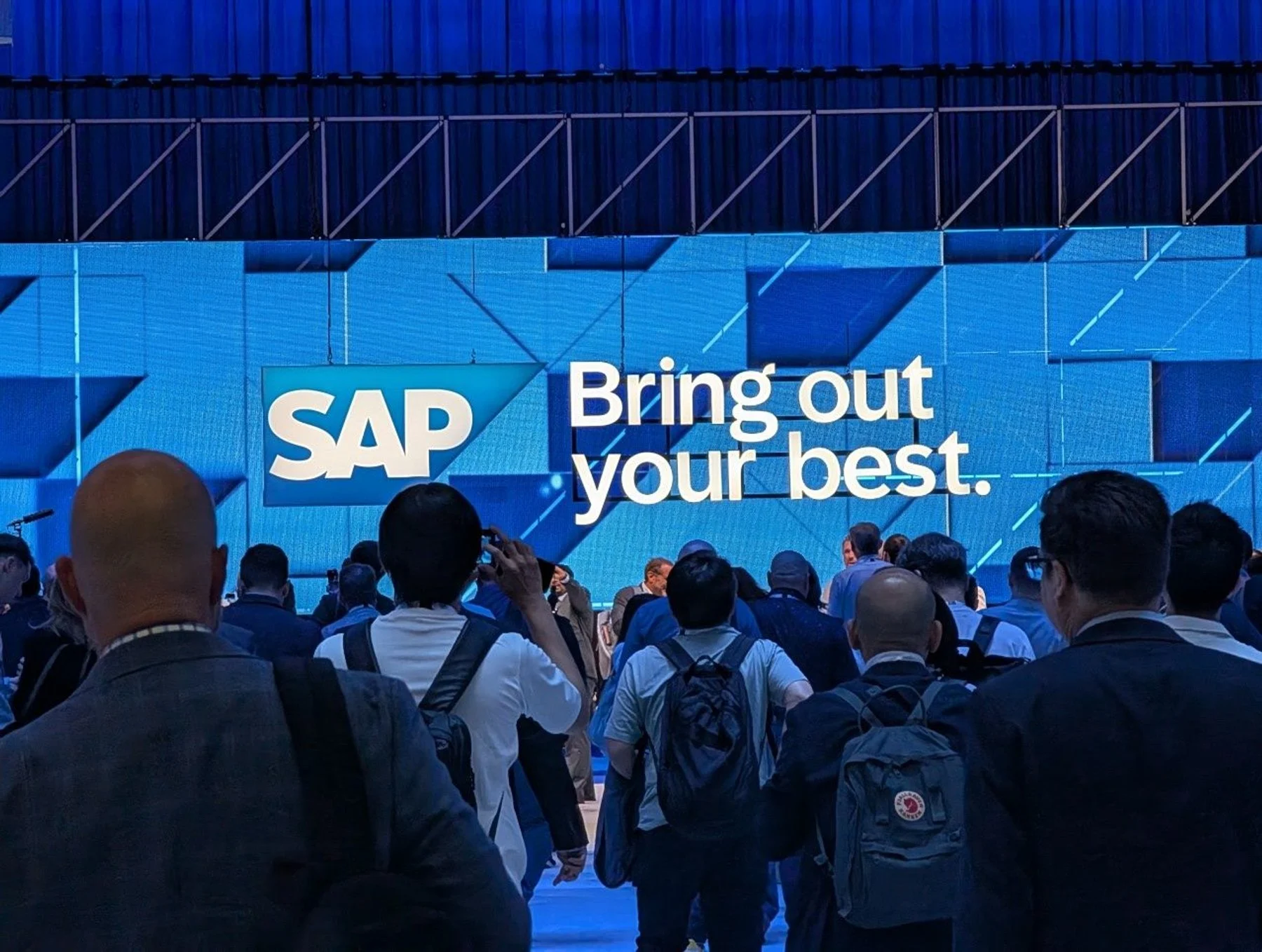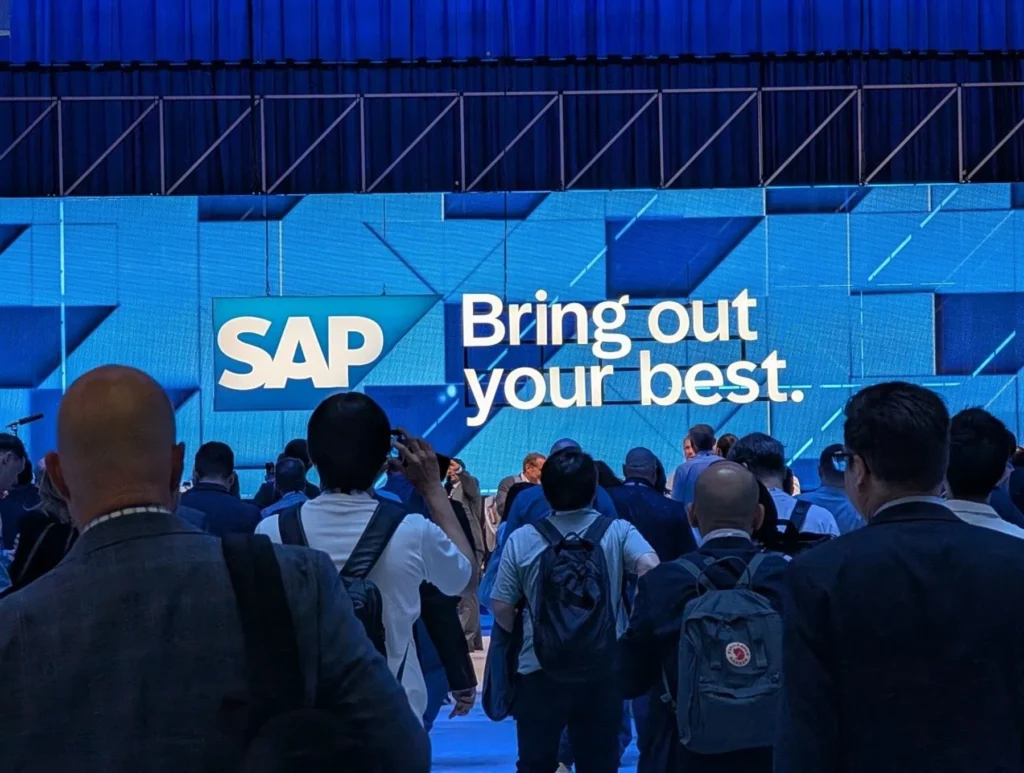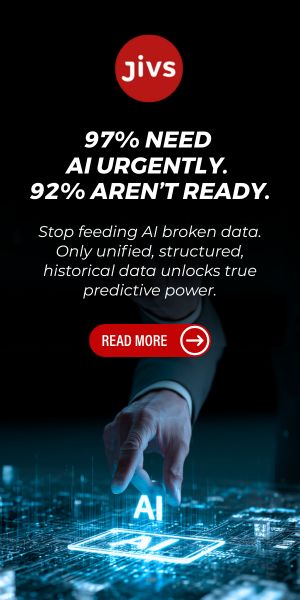 At SAP Sapphire 2025 in Orlando, one topic radiated from every keynote, side-stage, and solution booth like the Florida heat itself: artificial intelligence. But amid the halo grabbers—“agentic AI,” “native autonomy,” “digital workforce”—one voice stood out for its clarity, pragmatism, and strategic depth. That voice belonged to Sean Kask, SAP’s Chief AI Strategy Officer.
At SAP Sapphire 2025 in Orlando, one topic radiated from every keynote, side-stage, and solution booth like the Florida heat itself: artificial intelligence. But amid the halo grabbers—“agentic AI,” “native autonomy,” “digital workforce”—one voice stood out for its clarity, pragmatism, and strategic depth. That voice belonged to Sean Kask, SAP’s Chief AI Strategy Officer.
In a revealing, freewheeling interview with ERP Today, Kask peeled back the curtain on how SAP is building, scaling, and operationalizing AI at enterprise scale—not just as a technology trend, but as a competitive moat. “Even I have trouble keeping track of all the announcements and use cases,” he admitted with a laugh. “But make no mistake—this has been years in the making.”
In a landscape flooded with AI hype, SAP’s strategy stands out for its depth, rigor, and customer-first pragmatism. As Kask summed it up: “You want assets that are hard to replicate, and an organization that can exploit them. That’s how you lead—not just this year, but for the next ten.”
Building a Platform, Not Just a Product
Kask’s 13-year journey with SAP began in cloud transformation and matured through the company’s AI evolution, particularly since joining SAP’s machine learning and AI unit eight years ago. Today, he reports directly under CEO Christian Klein as part of a growth area that behaves more like a startup-within-a-giant.
SAP’s approach to AI is intentionally pluralistic, avoiding the common trap of model monoculture. “We realized early that no ERP company is going to sink $200 million into training foundational models at the pace hyperscalers do,” Kask explained. “These models commoditize fast, and performance improves every few weeks. So our strategy is to partner broadly with curated models—OpenAI, Google Gemini, AWS Nova, Meta, Mistral, NVIDIA, even niche ERP-specialized models like Zora.”
But SAP doesn’t just “plug and play” with LLMs. The company layers a sophisticated AI foundation atop its Business Technology Platform (BTP), using tools like retrieval augmented generation (RAG), knowledge graphs, output validation, and a new “Prompt Optimizer” developed with a Silicon Valley startup. This optimizer automatically rewrites prompts when switching models—cutting what used to be weeks of effort down to near zero.
“It’s behind-the-scenes magic,” said Kask, “but it’s the kind of infrastructure that allows us to deliver AI that’s not just impressive in the lab, but reliable and explainable in a real-world enterprise.”
Embedded, Ethical, and Explainable
For all its technical firepower, SAP’s AI strategy begins with ethics. “We design for human empowerment, not displacement,” said Kask, referencing SAP’s published AI Ethics Policy—one of only six companies to earn a perfect score in the World Benchmarking Alliance’s ethics evaluation.
This philosophy translates into every product decision. Before AI takes an action in a system, it requires human verification. Outputs are transparent and traceable, showing what data was used, where it was pulled from, and what the system “thought” step-by-step. “Think of our agents like very fast interns,” Kask quipped. “They’re helpful, but you still want to double-check their work.”
Even SAP’s go-to-market approach prioritizes controlled experimentation. Early adopter programs—like the rollout of “Joule” to thousands of internal and partner consultants—enable rigorous feedback loops before mass deployment. And yes, Kask said, adoption is accelerating. “It reminds me of the early days of cloud. There’s a learning curve for legal, compliance, and security teams. But once the first use case lands, the floodgates open.”
Joule, Agentic AI, and the Rise of the Autonomous ERP
Nowhere is this more evident than in Joule, SAP’s AI assistant, which recently surpassed 1,600 “skills” and is moving from task automation toward what Kask calls “native agenticness.”
“Most people think of agents as standalone bots you have to manage. With Joule, it’s different. The system itself becomes the agent,” he said. “If you ask it to ‘give a spot award to my five top-performing employees and send a personalized email,’ it can plan and execute that multi-step process autonomously, because those skills are already natively embedded.”
That’s a far cry from a glorified chatbot—and it’s underpinned by some serious architectural muscle. SAP has constructed a proprietary knowledge graph across its massive ERP landscape—452,000 ABAP tables and over 7 million fields—giving context that generic LLMs can’t hope to replicate. “When you extract ERP data into hyperscaler data lakes, you lose context,” said Kask. “You can try to rebuild it, but you’ll never match the depth we have.”
This knowledge graph now enables foundation models on tabular data—distinct from LLMs—to predict regressions, match invoices, and improve accuracy on narrow AI tasks. It’s a clear example of SAP’s strategy: use general-purpose models where appropriate, but rely on proprietary assets for true differentiation.
Commercializing AI, Carefully
With AI capabilities embedded into its product suite—and often activated via subscription—SAP is seeing strong commercial traction. “Christian [Klein] has said that 40–50% of new deals now have AI attached,” Kask noted. “There’s a commercial model, and yes, the models can be expensive to run. But customers see the value.”
SAP now mandates AI discovery workshops post-sale and tracks adoption closely. “Our success metric is not just building it, but getting it live. That’s why we published the AI feature catalog. That’s why we have dashboards. It’s all about real use.”
Still, the company isn’t inflating its numbers for Wall Street. “Some vendors are touting their AI revenue, but we’re skeptical. There’s a lot of fuzzy math—direct vs. indirect. We’re playing the long game.”
Owning the Integration Layer
As the AI arms race heats up, so too does the question of ecosystem positioning. Where does SAP fit in a world where hyperscalers, competitors like ServiceNow, and even niche ERP players are all building agents and automation?
“We’re not trying to be everything,” Kask clarified. “But we are laser-focused on integration. Our agents don’t just wrap around processes—they live inside them. With tools like Signavio, LeanIX, and WalkMe, we can see, map, and optimize entire process flows across applications.”
That includes embedding AI into transformation tools like enterprise architecture (via LeanIX) and UI-level interactions (via WalkMe). “We want to own the transformation stack. Not just the database. Not just the UI. The intelligence in between.”
What this means for ERP Insiders
AI adoption is the new differentiator—but requires intentional design. CIOs and COOs should treat AI adoption not as a standalone innovation track but as a core KPI. SAP’s Joule, for example, has demonstrated measurable time savings—up to 1.5 hours per day per consultant. By embedding AI in business processes via tools like BTP, enterprises can reduce friction, accelerate time-to-value, and gain strategic advantage. Begin with AI discovery workshops, leverage SAP’s AI feature catalog, and use internal pilot programs to refine before scaling.
Proprietary context beats generic models—invest in knowledge graphs. One of SAP’s most defensible innovations is its domain-specific knowledge graph. For SAP customers, this means far lower hallucination risk, more accurate agent outputs, and better integration between structured and unstructured data. Tech leaders should evaluate vendors on their ability to preserve context—especially for agent-based use cases—and consider building their own knowledge layers on top of vendor platforms to enable AI-powered autonomy with precision.
Ethics, transparency, and governance will define winners. AI success isn’t just about speed or scale—it’s about trust. SAP’s top-tier ethics score from the World Benchmarking Alliance underscores a crucial shift: regulatory scrutiny is coming, and enterprises that can demonstrate auditable, human-in-the-loop processes will be favored. ERP buyers should demand full transparency from vendors: where models run, what data they access, how decisions are made, and what governance layers exist. Design for explainability from day one.






